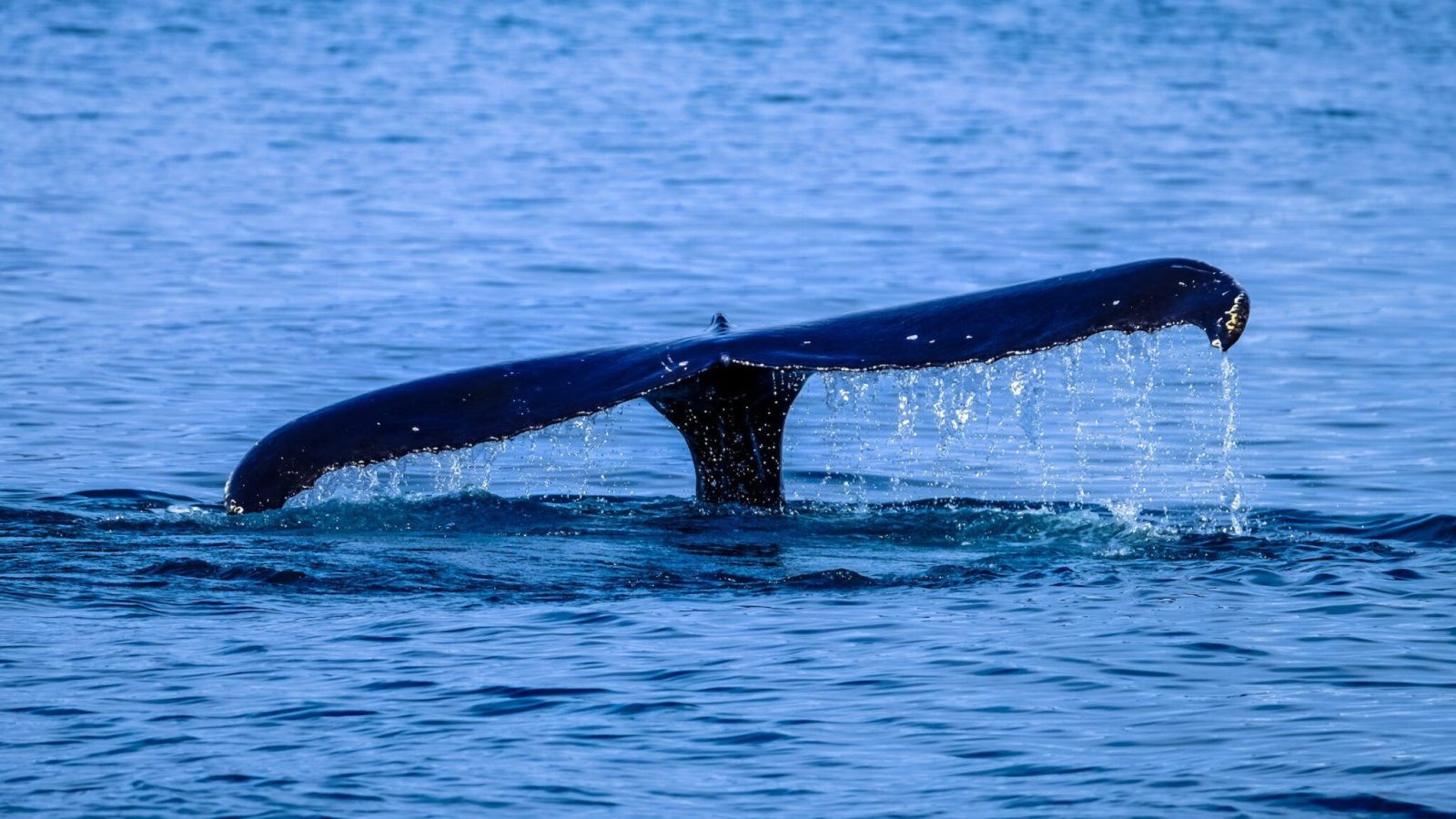Remember Dr. Doolittle?
The doctor who talked to animals?
How about Star Trek’s universal translator?
It looks like BOTH may soon become a reality.
A kind of merged reality.
Basically, if you want to talk to animals you might get the chance soon.
Sound crazy?
It does.
But we’re moving into a weird, sci-fi world and things that once seemed impossible are going to start happening.
And it’s all thanks to AI.
Whatever you think about AI, good or bad, it’s coming.
And it’s going to change the world.
I’m not making a value judgment on that.
I think many things could be good and some terrifying.
But whatever you or I think about it doesn’t really matter: it’s coming.
And in reality, they already have VASTLY more powerful machines than the ChatGPT 4.0 they rolled out to us peasants.
You know that, right?
Well, here’s the latest.
Literally using AI super computers to document animal languages and then translate to humans.
And vice-versa.
It’s actually not even all that complicated for these LLMs (Large Language Models).
It’s what they do.
Check this out:
The Scientists Who Cracked @Google Translate for #Whale Sounds#Gladis https://t.co/sWNFZOA8sJ
— Sara (@SMCADMAN) May 25, 2023
And this:
Google translate for the zoo? 🐋
A sonic revolution triggered by advances in technology lets us explore sound in more detail than ever before to eavesdrop on planetary 'conversations' among bats, whales, honey bees & more.
Learn more 👇
— Browning Environmental Communications (@BrowningEnviro) January 20, 2023
Here’s a lot more, from Dazed Digitial:
In 1963, a researcher named Margaret Howe Lovatt entered a NASA-funded project to attempt to communicate with dolphins. For three months, Howe Lovatt spent 24 hours a day in an isolation tank with a dolphin under the instruction of neuroscientist John Lilly, where she tried to teach it to make human-like sounds through its blowhole. Lilly’s method grew increasingly controversial – later attempts would see him administer doses of LSD to the dolphins – and the study was ultimately unsuccessful, with funding for the experiment getting shut down after three years. “Lilly’s research killed the field for decades, it was like dropping a bomb on marine biology,” says David Gruber, the scientist behind Project Ceti, a nonprofit initiative using AI to understand the communication of sperm whales.
While past research into animal communication was focused on trying to get animals to speak like humans, a new wave of research takes a biocentric approach, using AI to understand non-human communication on its own terms, while establishing new ways to help animals against the ongoing environmental crisis – climate change has already reduced bird songs globally, and natural habitats are destroyed daily.
“AI can be used to build more empathy and understanding between species,” agrees Gruber. While these ideas have long been accepted across indigenous belief systems, the rise of AI models can help us map out new methods removed from the structures of anthropocenic (and western) thought. “Technology that allows us to communicate with other species directly would impart a new way of being-in-the-world,” writes K McDowell in their 2023 book Air Age Blueprint.
Given that researchers have already invented an AI to decipher ancient human languages, including ancient Babylonian texts, the idea that we can develop a Google Translate-like programme to decode non-human communication isn’t that far off. “It looks like the information that can be carried in sperm whale clicks is a lot greater than we thought – we’re onto something very promising,” says Gruber.
For example, Project CETI is working on decoding the language of sperm whales – considered a federally endangered species in the US – while the Earth Species Project (ESP) is cataloguing the calls of Hawaiian crows, attempting to build new technology that could help humans talk to animals. Elsewhere, DeepSqueak is a software that uses deep learning algorithms to identify, process and categorise the ultrasonic squeaks of rodents – and there’s even an open-source programme that visualises thousands of bird sounds using machine learning.
Among these advancements, the emerging field of digital bioacoustics combines computer vision with natural language processing to pick up animal patterns without disrupting the ecosystem. The technology works by attaching lightweight digital recorders to the backs of, for example, whales or turtles to detect sounds beyond human hearing range. According to Karen Bakker, the author of 2022 book The Sounds of Life, bioacoustics have already helped us to understand bat vocalisations – for example, its been revealed that bats remember favours and harbour grudges, and have specific calls that function as names.
Accepting that non-human life has a language and world of its own – a quality previously assumed to exist only within humans – can bring us closer to animals and plants. This helps us to move away from man versus nature, and towards an interconnected ecology. “A lot of the motivation for doing this project is trying to find an example where it can benefit other species, other than us,” says Gruber, who points to the 1970 album Songs of the Humpback Whale, which launched the Save The Whales movement and put a stop to commercial whaling. “We’re also looking into the policy ramifications of understanding what they’re saying, [and] we’ll be able to hopefully draft better legislation that could protect the sperm whales from our adverse effects.”
As part of the https://t.co/6StScZmnKL lecture series, on June 3rd Earth Species Project CEO and co-founder Katie Zacarian and Senior Research Scientist, Behavioral Ecology and AI Sara Keen gave a talk that is now available if you click the link below.https://t.co/hHjW3YH1oi
— Earth Species Project (@earthspecies) June 8, 2023




Join the conversation!
Please share your thoughts about this article below. We value your opinions, and would love to see you add to the discussion!